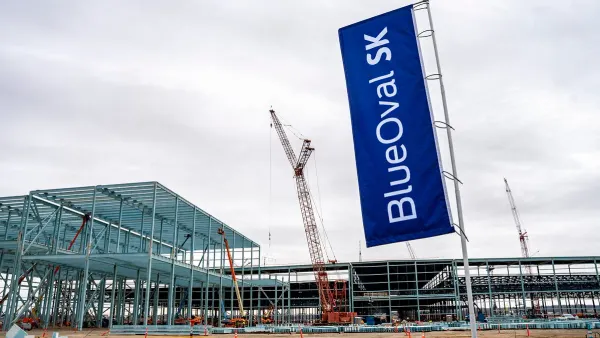Dive Brief:
- Bosch, Vattenfall and BWM have brought a unique, grid-tied battery online in Germany, repurposing lithium-ion modules from 100 cars into a 2 MW/2.8MWh resource which can help regulate frequency, Electrek reports.
- The Battery 2nd Life development project is slated to run through 2018, and more broadly examines at the what happens to lithium-ion batteries as they age.
- The partnership has two other storage projects, including another focused on used batteries and how they can provide interim storage and power buffering for fast-charge EV stations.
Dive Insight:
As more electric vehicles come onto the roads, eventually that will mean millions of used batteries. According to the Center for Sustainable Energy (CSE), EV batteries will only power a car for eight to 10 years—but after that, they still have significant capacity remaining. Finding a way to put those batteries back into service is key to making them affordable.
"Finding secondary uses for the EV batteries reduces their up-front cost and provides benefits to consumers and utilities, such as demand charge management, renewable energy integration and regulation energy management," CSE explains on its website.
CSE has been working with the University of California San Diego and the National Renewable Energy Laboratory for second-life uses for lithium ion batteries. In 2013, BMW and the University of San Diego installed a microgrid application with Battery 2nd Life MINI E batteries. A year later, BMW integrated high-voltage batteries into a stationary storage system in Hamburg to serve as a buffer for Vattenfall charging stations.
NREL said on its site that by "extracting additional services and revenue from the battery in a post-vehicle application, the total lifetime value of the battery is increased, and the cost of the battery can be shared between both the primary and secondary users."














